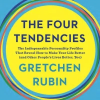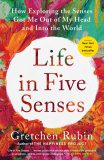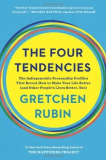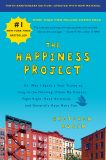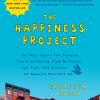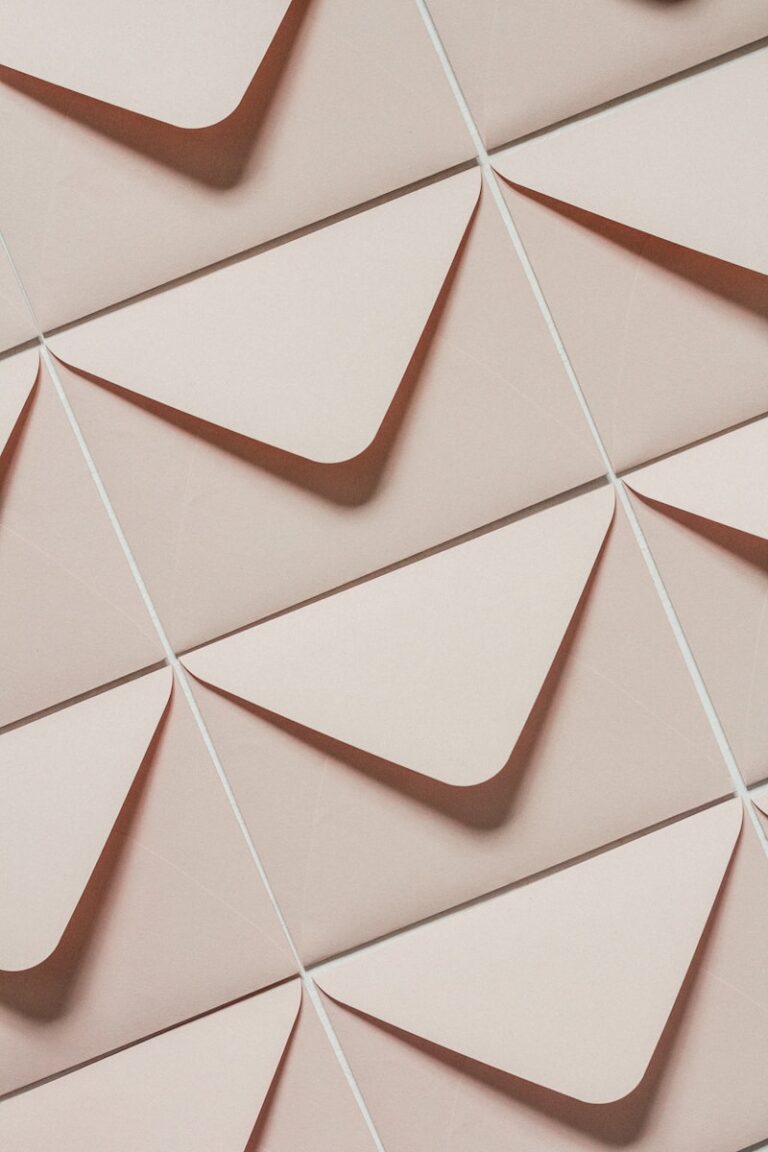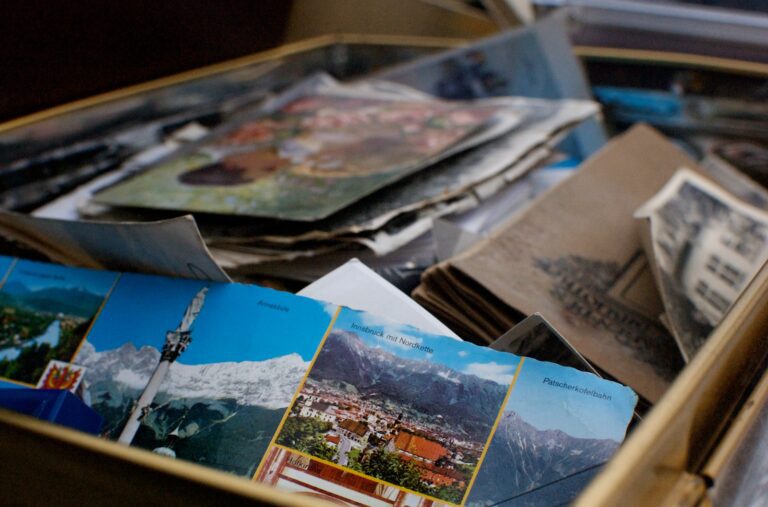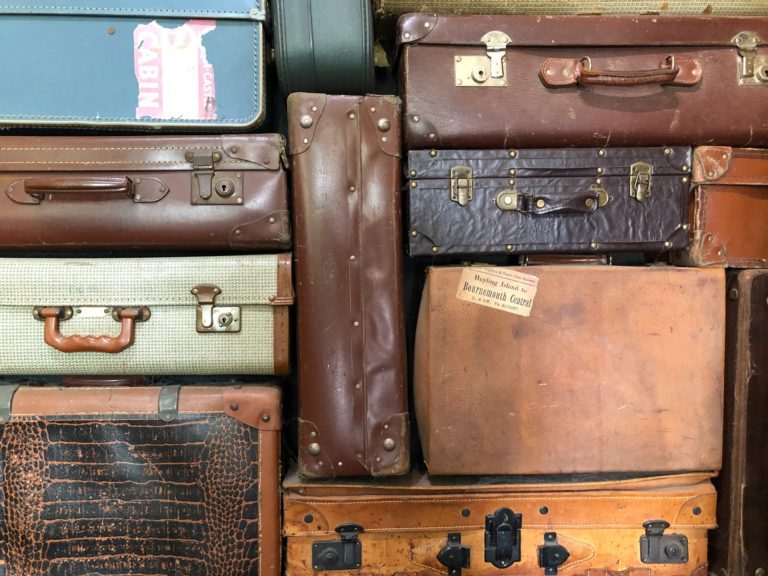Alain Cohen is the CEO and co-founder of Bublup, a digital organizational platform that provides a simple solution to digital clutter. Before Bublup, Alain’s business ventures included co-founding Cobro Ventures and, later, OPNET Technologies, which he led through its IPO and eventual sale to Riverbed Technologies. As an electrical engineer, computer scientist, and software designer, he holds more than sixty issued or pending patents.
I couldn’t wait to talk to Alain about virtual clutter, organizational habits, and living happier digital lives.
Q: You’ve talked about how each of your entrepreneurial successes (OPNET, Cobro, and now Bublup) arose from finding solutions to problems that you experienced first-hand. What problem did you set out to solve with Bublup and how did the idea come about?
Invention and creation continue to motivate me.
After selling OPNET Technologies in 2014, I was already thinking of my next idea. With my background in electrical engineering and technology, I’m constantly on my phone or computer. I started to realize that the tools that I’m using aren’t connected to each other and found myself using different web browsers, search engines and other digital tools, but it all felt disjointed.
Our stuff is a collection of local and cloud-based documents, emails, to-dos, bookmarks to related sites and topics, and discussions with others on that topic. I wanted to see all that in one place—not scattered, not fragmented, but easily accessible in a nice visual manner. Clutter aside, this was an important problem to solve—i.e., to organize all my content in one place.
That sparked creating a platform to address a fundamental problem that not only I was having, but many others were looking to solve.
Q: Most of us have experienced physical clutter — papers, mementos, clothes we no longer wear, etc. What is digital clutter, and why is it so challenging to tackle?
Digital clutter is the accumulation of disorganized digital content—whether that be files, folders, emails, documents, notes, links, or other digital information scattered on our devices, mobile and desktop. Like clutter in your home, digital clutter slows you down and can add to frustration and stress.
It’s challenging to tackle because it never stops! In today’s age, we generate and receive a massive amount of content daily. Managing and organizing the sheer volume of information can be overwhelming. Also, the interconnected nature of our digital content, involving multiple devices, platforms, and services, complicates matters further. And, of course, sorting through and organizing our digital stuff is a daunting challenge that takes time. Time we often don’t have.
Q: What have you found to be some of the most common problem areas when it comes to difficult-to-organize digital clutter? What are 3-5 tips practical tips you can share that people can use starting today?
Addressing digital clutter requires a commitment to start fresh. While a set of new practices will enable you to get a handle on your stuff, it’s important to remember that organization is an ongoing process, so I also suggest that you use tools that make this process easier. Here are a few problem areas that I’ve encountered and a few practical tips:
- Scattered content: Many of us have files and folders scattered in various places, with unclear naming conventions. First, create a centralized folder system and clear descriptive folder names, avoiding catch-all’s like “Introduction” or “Must-do’s.”
- Too many tabs: I have seen friends afraid of rebooting their machines because they have tens, if not hundreds, of tabs open and lots of stuff on their desktop! That’s one of the reasons I founded Bublup as a content management platform that allows you to save your tabs (bookmarks) along with other documents all in one place.
- Duplicative tools: Use a single note-taking app or platform to consolidate your activity and avoid wasting time switching from one to the next.
- Overflowing inbox: An inbox filled with unread emails and a mix of personal and work-related messages can be overwhelming. Create filters or rules to automatically categorize them. For example, Bublup lets you send and store relevant emails in project folders, along with your other documents so you can automatically file incoming emails in the same place as your project stuff.
- Offline access: Make sure you’re able to access your important stuff even when you are offline.
- Photo overload: You will thank yourself later if you take the time to organize your photos today into folders by date, event, or category. Consider using a photo storage app that offers organization and sharing.
- Weekly clean-up: Set aside time to review and delete unnecessary email, content, and to-do lists. These should be short but effective periods of time where the sole focus is to declutter and organize. Be ruthless!
Q: Over the years, one of the most common questions that I’ve been asked when it comes to organization and clutter is how to deal with photos and keepsakes. It can be tricky to consider getting rid of items that have sentimental value. How can digital tools help?
I agree! Just like we hold onto physical mementos for sentimental reasons, we do the same with digital photos. Our sentimental attachment to photos can make it really difficult to delete or organize, and can also lead to procrastination and digital hoarding.
This is one of the reasons I developed Bublup. I needed a way to organize photos and videos so that I can find them easily. With automatic backup and synchronization, it’s easy to upload your photos and videos without even thinking about it. Physical photos can also be scanned and added right next to your digital photos, letting you declutter your junk drawer at the same time!
Q: I find that for most people, outer order leads to inner calm. Have you found that to be true in your experience? Any examples you can share?
Absolutely. Just consider how much better it feels to walk into a clean and tidy room vs one in disarray. The same applies to our digital lives: clutter on your computer or phone can make you feel frustrated and scattered.
For example, when the files on my desktop start to pile up, or I keep opening more and more browser tabs while working, I find myself task-switching and wasting time, leading to the exact opposite of inner calm. Digital clutter can be digital chaos!
I find that when my outer world is in order, it provides calm because there’s nothing distracting me from what I need to focus on.
Q: What digital clutter challenges do you see as most universal – affecting all of us regardless of age or tech savviness? Are there any skills or tools you think everyone needs to manage their digital lives?
When your digital content is scattered and fragmented, it takes a mental toll every time you have trouble finding something you saved somewhere.
One of the easiest ways to manage your digital life, regardless of age or comfort level with tech, is to find a simple tool where you can house everything in folders that are visual and easy to organize. That’s the beauty of technology. Bublup is handy because you can save any type of digital content in one place. That means you don’t need separate apps for notes, bookmarking, and photos. It gives you one place to safely store everything you need.
Q: For those overwhelmed by digital clutter, what’s the best place to start? Should they tackle files first, emails, photos? What’s the minimum effort that can lead to a big impact?
The best place to start is where you need the most “help.” Tackle the biggest problem first. For example, if you have 60 browser tabs open that you’re saving for later, start there. If your inbox gives you anxiety every time you see that giant unread number, start there.
I think people will find that once they get the ball rolling, they’ll instantly feel a weight lift from their shoulders. That sense of satisfaction will motivate them to continue to work at it and stay on top of their clutter and soon a feeling of accomplishment will follow.
Disclaimer: This is a sponsored post in partnership with Bublup. I only endorse products or tools that I think are useful, fun, or interesting.

